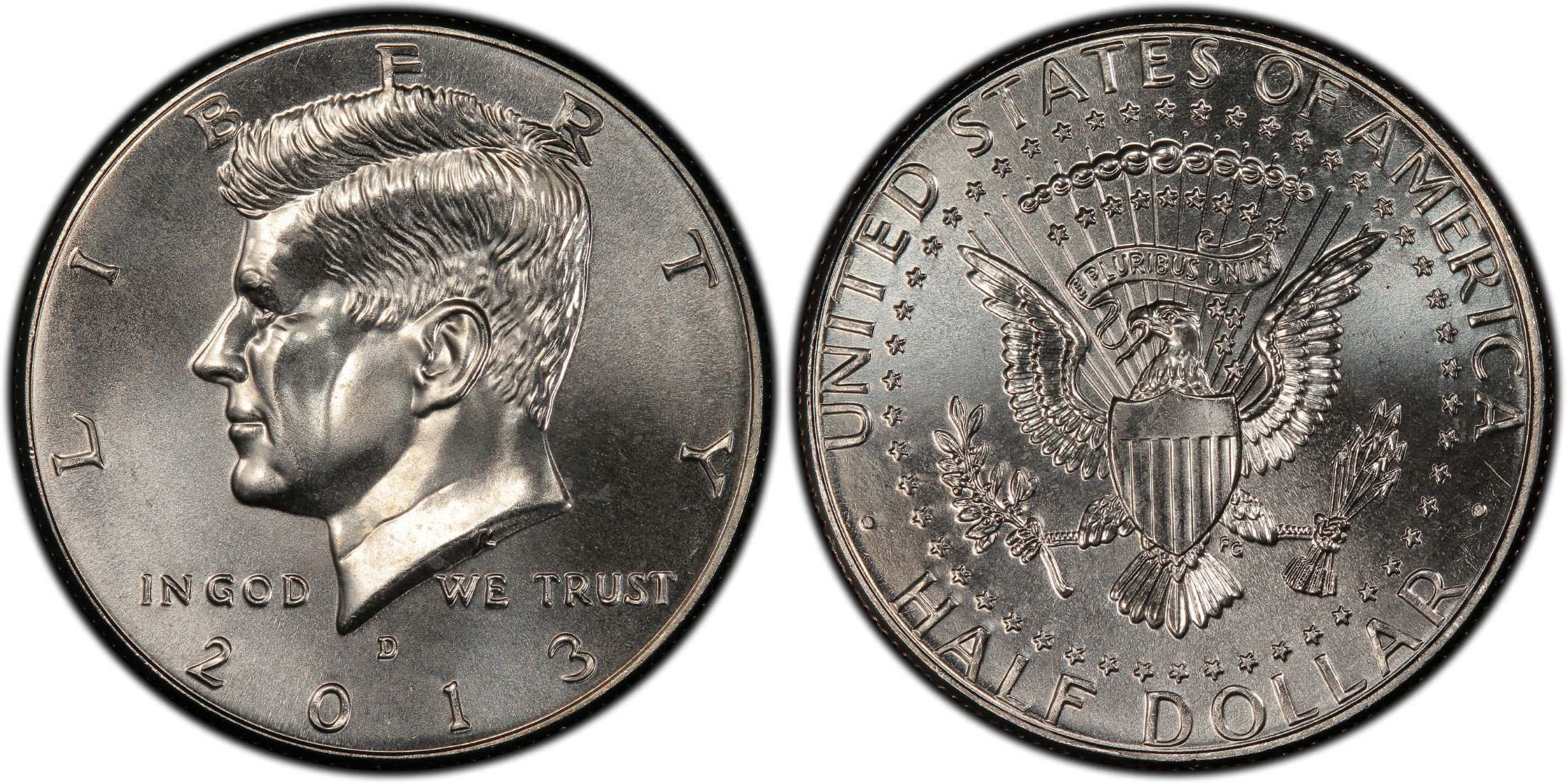

 |

|

On December 1, 1794, the first half dollars (approximately 5,300 pieces) were delivered. Another 18,000 were produced in January 1795 using dies of 1794, to save the expense of making new ones.
Due to the high production of half dollars from the 1790s, another 30,000 pieces were struck by the end of 1801. The coin had the Heraldic Eagle, based on the Great Seal of the United States on the reverse.
One of the great mysteries of half dollars was the 150,000 that were minted in 1804 without one specimen known to exist. The coinage of 1804 was struck with dies from 1803, accounting for the confusion.
In 1838, half dollar dies were sent to a branch mint for the first time, when 20 were struck at the New Orleans Mint. This 1838-O coin is the greatest rarity among US half dollars, with two separate specimens having sold for $632,500 in Heritage auctions, in 2005 and 2008 respectively. The following year this mint produced nearly 180,000 half dollars.
In 1861, the New Orleans mint produced coins for three different governments. A total of 330,000 were struck under the United States government, 1,240,000 for the State of Louisiana after it seceded from the Union, and 962,633 after it joined the Confederacy. Since the same die was used for all strikings, the output looks identical. However the Confederate States of America actually minted four half dollars with a CSA (rather than USA) reverse and the obverse die they used had a small die crack. Thus "regular" 1861-O halves with this crack probably were used by the Confederates for some of the mass striking.
There are two varieties of Kennedy halves in the proof set issues of 1964. Initially, the die was used with accented hair, showing deeper lines than the president's widow, Jacqueline Kennedy Onassis, liked. New dies were prepared to smooth out some of the details. It is estimated that about 1-3% (40,000-100,000) of the proof halves are of the earlier type, making them somewhat more expensive for collectors.
CAN'T FIND WHAT YOU'RE LOOKING FOR? CLICK HERE!!!